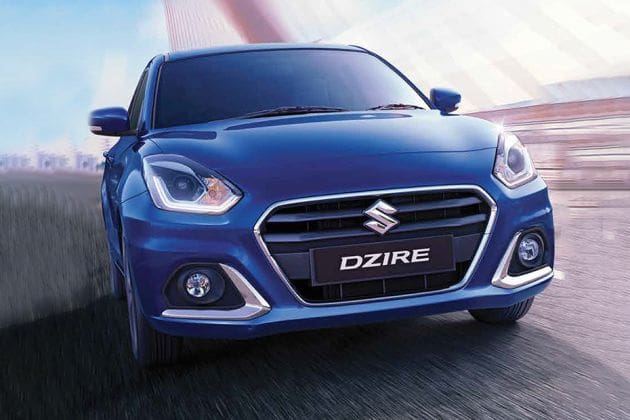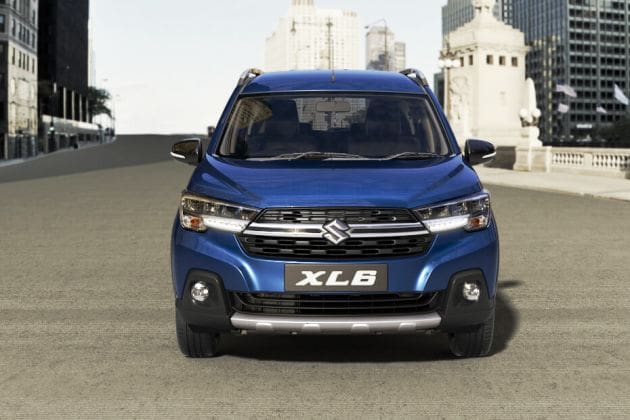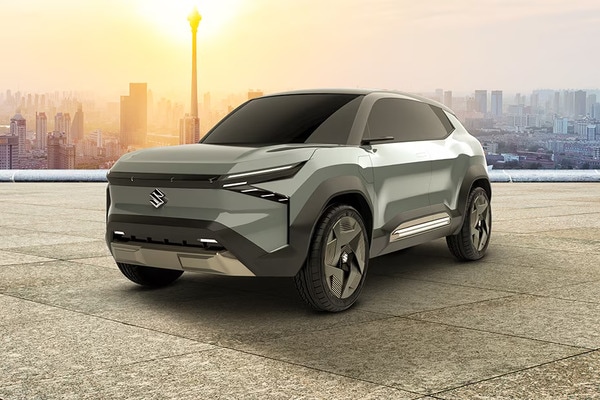How India now defines SUVs. And what does this mean for how much you pay
- The GST Council has now put a clear definition of what vehicle can be referred to as an SUV, at least for appropriate taxation purposes.


Toyota Fortuner is an SUV and so is Maruti Suzuki S-Presso. Or at least in how a large number of vehicle models in the Indian car market are marketed by brands. But just because a carmaker is referring to its model - or models - as an SUV may not necessarily mean it is indeed a Sports Utility Vehicle in its true meaning. There has been much confusion about such classification and the Goods and Services Tax (GST) Council recently sought to provide better clarity.
By the basic definition of the term SUV, a vehicle is one if it has a robust build, solid performance and can combine great drive dynamics both on and off road. SUVs can - and do - cover a broad range of vehicles but models with 4x4 capabilities are often seen as the authentic examples.
Also check these Vehicles
In India though, the GST Council has clarified the precise definition of an SUV. Here, a vehicle can be defined as an SUV if it measures more than four meters in length, has an engine capacity of 1,500 cc or more and has an unladen ground clearance of 170 mm and more. While there are several car models that do indeed fall into this set definition of an SUV, there are many more that now won't.
Also Read : GST council adds 22 per cent cess on MPVs
But this does not mean that car makers cannot continuing marketing their respective models as SUVs. The likes of Nissan Magnite, Renault Kiger, Citroen C3, Maruti Suzuki Fronx and Brezza, Hyundai Venue and Exter, Kia Seltos, Mahindra XUV400, Tata Nexon and Punch - among others - either measure less than four meters in length or have smaller engine capacity than 1,500 cc, or both. So even though these models do not meet the GST definition of SUVs, they will continue to be projected as such.
Also watch: Hyundai Exter SUV launched in India: First Look
Why all of this is important for you?.
Cars are taxed at 28 per cent GST, with an extra cess ranging between one per cent and 22 per cent depending on the type of vehicle. SUVs attract the highest GST at the rate of 28 per cent along with a compensation cess at 22 per cent.
If someone is out in the market for a sub-compact ‘SUV’, there is likely to be no impact from the definition change as most of these vehicles - if not all - have engine capacities of less than 1,500cc. But for any vehicle that meets the above three conditions to be defined as an SUV, there could be a hike in the offing as manufacturers of such vehicles are more than likely to pass on the increase in cess to the final purchase price to a customer.








 998 cc
998 cc Petrol
Petrol



 60 kWh
60 kWh 550 Km
550 Km














